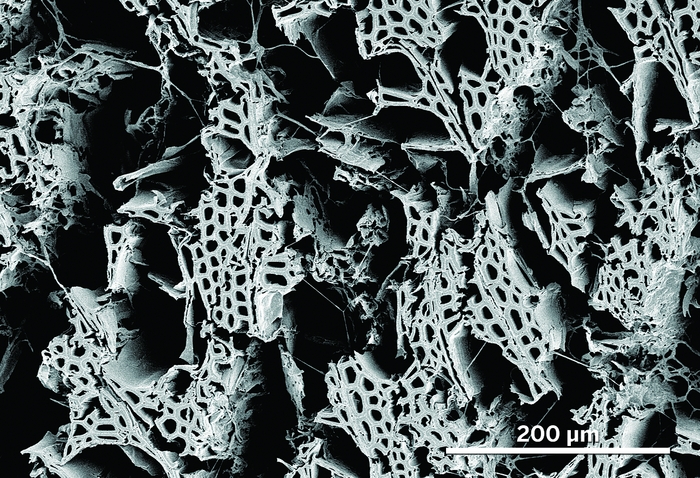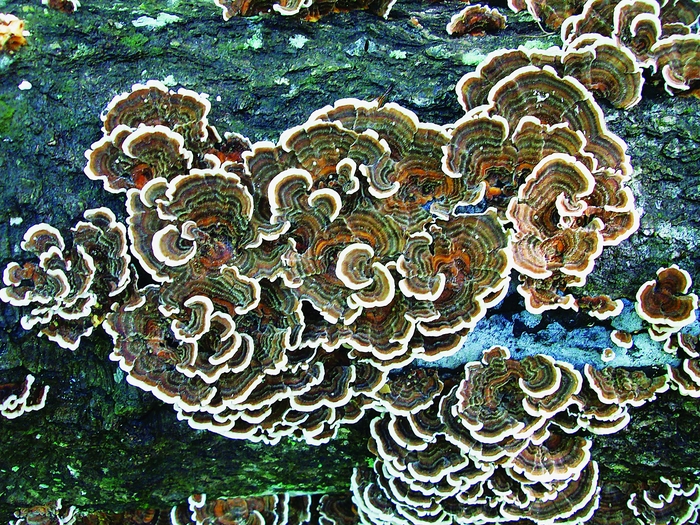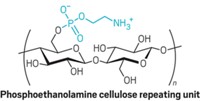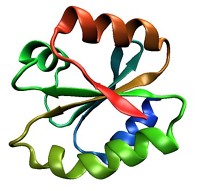Advertisement
Grab your lab coat. Let's get started
Welcome!
Welcome!
Create an account below to get 6 C&EN articles per month, receive newsletters and more - all free.
It seems this is your first time logging in online. Please enter the following information to continue.
As an ACS member you automatically get access to this site. All we need is few more details to create your reading experience.
Not you? Sign in with a different account.
Not you? Sign in with a different account.
ERROR 1
ERROR 1
ERROR 2
ERROR 2
ERROR 2
ERROR 2
ERROR 2
Password and Confirm password must match.
If you have an ACS member number, please enter it here so we can link this account to your membership. (optional)
ERROR 2
ACS values your privacy. By submitting your information, you are gaining access to C&EN and subscribing to our weekly newsletter. We use the information you provide to make your reading experience better, and we will never sell your data to third party members.
Biological Chemistry
Genomics Of White Rot Fungi Yields New Enzymes, Explains End Of Major Coal Formation
Comparative study of lignin-decaying organisms could open new avenues to biofuels
by Stephen K. Ritter
July 2, 2012
| A version of this story appeared in
Volume 90, Issue 27

\

\
Turkey tail (bottom) is a peroxidase-producing white rot fungus capable of decaying the tough biopolymer lignin in wood, as seen in this scanning electron micrograph image of a fungus-ravaged aspen sample.
A comparative study of the genomes of 31 fungi has shed light on how white rot fungi evolved the ability to degrade the recalcitrant plant biopolymer lignin (Science, DOI: 10.1126/science.1221748). The findings provide an opening for researchers to use or reengineer fungal enzymes to advance biofuel production.
Scientists already have an arsenal of enzymes to attack cellulose and hemicellulose—the primary components of plant cell walls—to get the component sugars that can be fermented into biofuels. But when it comes to lignin, the irregularly cross-linked phenolic polymer in the cellulose matrix that provides strength and rigidity to plants, success has been limited.
White rot fungi are the only organisms capable of substantially decaying lignin, using peroxidase and other enzymes. The study, by a team of 70 researchers led by David S. Hibbett of Clark University, in Worcester, Mass., and Igor V. Grigoriev of the Department of Energy’s Joint Genome Institute, took a systematic look at fungal genes that code for lignin-busting enzymes. The analysis uncovered a treasure trove of new enzymes to test and tinker with.
In addition, by reconstructing the history of gene mutations, the team found that the first fungal peroxidases appeared 290 million years ago, at the same time that massive formation of coal ended. The finding suggests that the fungi’s acquired ability to degrade lignin altered Earth’s evolution, Hibbett says, by turning biomass into compost and subverting its fossilization into coal.





Join the conversation
Contact the reporter
Submit a Letter to the Editor for publication
Engage with us on Twitter